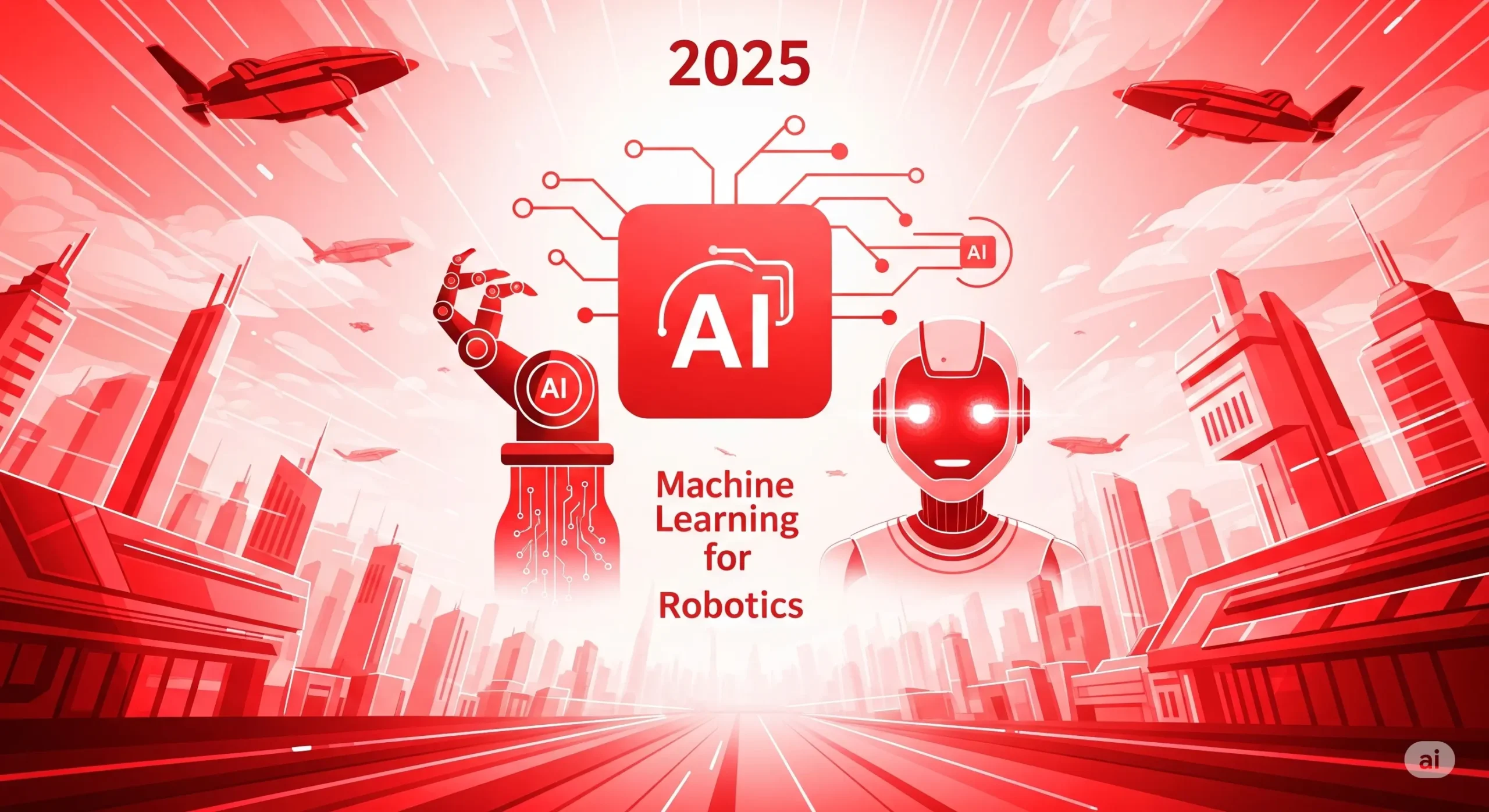In recent years, the integration of Artificial Intelligence (AI) and Machine Learning (ML) with robotics has redefined what machines can do. As we move through 2025, this convergence is not just accelerating innovation—it’s reshaping industries, from manufacturing and healthcare to logistics and space exploration.
At Data Science Training Institute, we believe it’s essential for aspiring data scientists to understand how AI and ML are driving the next generation of intelligent robotics.
The Role of AI and ML in Robotics
At the core of robotic innovation lies data—and data science powers the ability to learn from it. AI and ML enable robots to:
-
Perceive their environment using sensors and computer vision
-
Adapt to changing conditions using real-time learning algorithms
-
Automate decision-making through predictive models and neural networks
-
Collaborate with humans using natural language processing (NLP) and reinforcement learning
These capabilities move robots from pre-programmed automation to intelligent agents capable of learning, reasoning, and self-improvement.
Key Innovations in 2025
In 2025, several exciting advancements are taking center stage:
1. Autonomous Robotics with Reinforcement Learning
Robots are learning to navigate complex environments using trial-and-error-based algorithms. Reinforcement learning allows systems to improve their decision-making over time—perfect for drones, delivery bots, and warehouse automation.
2. Human-Robot Collaboration
Advancements in natural language processing (NLP) and gesture recognition are enabling smoother human-robot interaction. Robots can now understand spoken commands, read facial cues, and respond in real-time.
3. Edge AI for Real-Time Processing
With Edge AI, robots can process data locally, reducing latency and dependency on cloud infrastructure. This is critical for time-sensitive applications like robotic surgery, autonomous vehicles, and industrial robots.
4. Vision-Based Robotics
Machine learning models combined with computer vision are enabling robots to identify objects, analyze surroundings, and perform tasks like quality inspection, object sorting, or even agricultural harvesting with incredible accuracy.
5. Ethical and Safe AI Systems
As robots become more autonomous, 2025 sees a focus on building ethical AI systems—ensuring safe decision-making, transparency, and human oversight in sensitive environments.
How This Ties into Data Science
Modern robotics is data-driven at every level—and that’s where data scientists play a critical role. Key contributions include:
-
Designing ML models that power robot behavior
-
Processing and analyzing sensor data from vision, audio, or motion
-
Training algorithms to detect patterns and predict outcomes
-
Optimizing performance using real-time data streams
For our students at Data Science Training Institute, learning how AI and ML contribute to robotics opens up a wide range of career paths in emerging tech sectors.
What the Future Holds
Looking ahead, we can expect:
-
Self-learning robots that adapt without explicit reprogramming
-
Robotics-as-a-Service (RaaS) models powered by cloud AI
-
Emotion-aware robots for use in healthcare and education
-
Swarm robotics, where groups of robots coordinate like biological systems
The common thread? Data—and the people who can harness it effectively.

